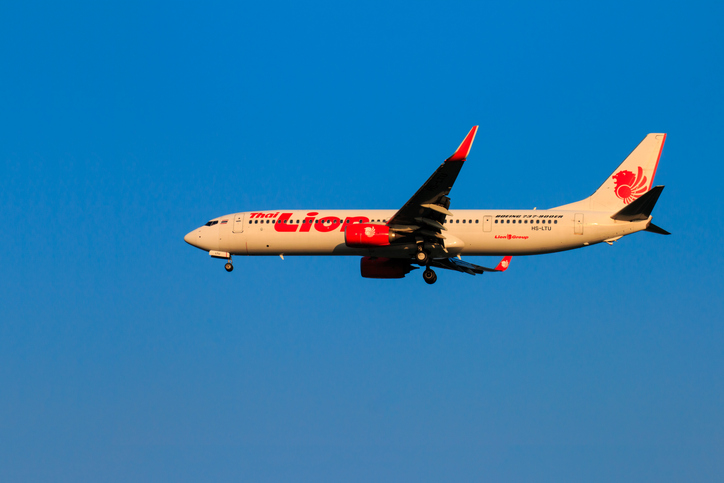Boeing Co plans to hold a conference call with airlines today to discuss systems on the 737 MAX model that crashed in Indonesia last month, according to four sources with familiar with the matter.
A Lion Air Boeing 737 MAX crashed in the Java Sea on Oct. 29, killing all 189 people on board, in the first major accident involving the latest version of its popular narrow-body plane.
After the crash, the U.S. Federal Aviation Administration warned airlines that erroneous inputs from the anti-stall system’s sensors could lead the jet to automatically pitch its nose down even when autopilot is turned off, making it difficult for pilots to control.
American Airlines Group Inc last week said it had been “unaware” of some functions of the so-called Maneuvering Characteristics Augmentation System (MCAS) designed to prevent the 737 MAX from stalling.
Indonesian investigators said the system was not detailed in Lion Air’s flight manual.
Bloomberg first reported on Boeing’s plans to hold a call with airlines on Tuesday. One of the sources familiar with the matter told Reuters that the call might be postponed.
Boeing last week said it had provided two updates for operators around the world that re-emphasise existing procedures to deal with situations relating to MCAS. Boeing declined to provide further comment.
In a message to employees on Monday, Boeing CEO Dennis Muilenburg said news reports that claimed the manufacturer withheld information on MCAS from airlines were “untrue” and the function had been described in the flight crew operations manual, according to aviation journalist Jon Ostrower.
In a memo on Friday, a United Airlines union said the carrier’s pilots were properly trained to handle an MCAS malfunction even though the system was not mentioned in a course for those switching from older models to the new jet.
A preliminary report on the Lion Air crash will be released on Nov. 28 or 29, according to Indonesian investigators who have analysed the doomed jet’s flight data recorder.
However, divers have yet to locate the airline’s cockpit voice recorder, which would shed light on pilot interactions that are important for gaining a fuller picture of the circumstances of the crash.






